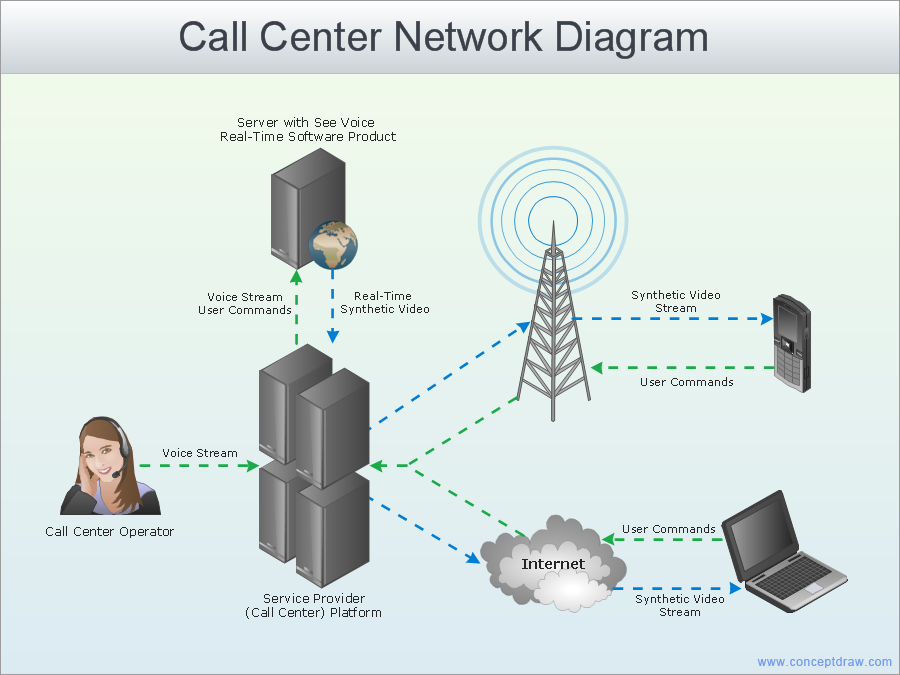
So while I hardly ever use physical diagrams, other teams such as the data center facilities managers may only take interest in the physical topology and have no use for logical diagrams. Much of what is required in your diagram is a function of who will consume it. While diagramming tools can prove useful, I find that many of my network diagrams are relatively static and require little work to keep current. Discovery is not always a perfect process and the tool can be misled or blocked by devices like firewalls or other security appliances. Most of these tools rely on device discovery to build accurate network maps and determine traffic flow. While this sounds appealing, it's not without issues. Numerous tools are available that can not only create network diagrams, but also keep them up to date.
Network topology diagrams update#
Making your diagrams focused and narrow in scope helps ensure that a single network change doesn't force you to update many diagrams. Other important pieces of information to call out on a diagram include policy-based routing or Web Cache Coordination Protocol that can intercept and change the native routed path. Again, if you need more detail on the VIPs, there are better places to get that information than from the data center network diagram. However, consider defining the subnet used for VIPs in general in the diagram, so you can quickly identify and locate it. For example, you're unlikely to need each individual virtual IP address (VIP) defined on the load balancer in the diagram. Having that information in the diagram as well as what firewall context or VRF to associate to those VLANs is important given the specific architecture.Īttempting to document things that will likely change only creates more work for the engineer or architect. The example in this text highlighted the importance of calling out the VLANs for each network segment. Once you decide what type of network diagram best fits your needs, figure out what information is relevant to each diagram. While not all networks are built in this fashion, this does highlight the fact that not all types of diagrams are as useful in all cases. In addition to this diagram, there may be three or four other logical diagrams to describe environments configured on the same physical equipment, such as virtual private network access or outbound browsing. The logical data center network diagram easily shows which VLANs are relevant to which devices and device contexts or VRFs. Since the network traffic is directed via virtual LAN (VLAN) tagging, the physical diagram shown in figure 1 is accurate, but it certainly isn't as helpful as figure 2. In figure 2, the physical firewalls support multiple contexts and the switching infrastructure supports multiple VRFs. Logical diagrams become even more important when considering that many devices support constructs such as device contexts and virtual routing and forwarding (VRF).

This physical diagram shows an enterprise network layout. However, it does little to describe actual traffic flow, as seen more accurately portrayed in the logical diagram in figure 2. Figure 1, a physical diagram, may be an accurate depiction of how the equipment in the data center is cabled. In addition, physical diagrams don't depict traffic flow. The valuable information from a physical diagram lies mostly in interface cross connects, which administrators can easily glean from other places, such as the switch configuration. Neatly showing that on one page is almost impossible, and splitting it up means even more diagrams. Consider a service distribution switch that may have many pairs of load balancers, firewalls and routers hanging off of it. I often find that physical topology diagrams aren't commonly referenced. However, be careful to not be too excessive a diagram that isn't used is a diagram that won't get updated.

You may have a physical diagram along with several logical ones. Logical diagrams depict different network paths. A single network environment may have four or five diagrams, each depicting different aspects of the topology.Ī physical network diagram describes the hardware connectivity. Data center network diagram choicesįirst, decide what type of diagrams you'll actually use. There are few things you can do to make network diagrams more manageable. Perhaps the greatest challenge of all is keeping the data center network diagram, or diagrams of the extended network, up to date with accurate information - this could be a full-time job. The tendency is usually to make diagrams apply to all audiences, which can lead to massive diagrams covering every aspect of the network. Physical topologies typically have little resemblance to logical diagrams that show the true network flow.


 0 kommentar(er)
0 kommentar(er)
